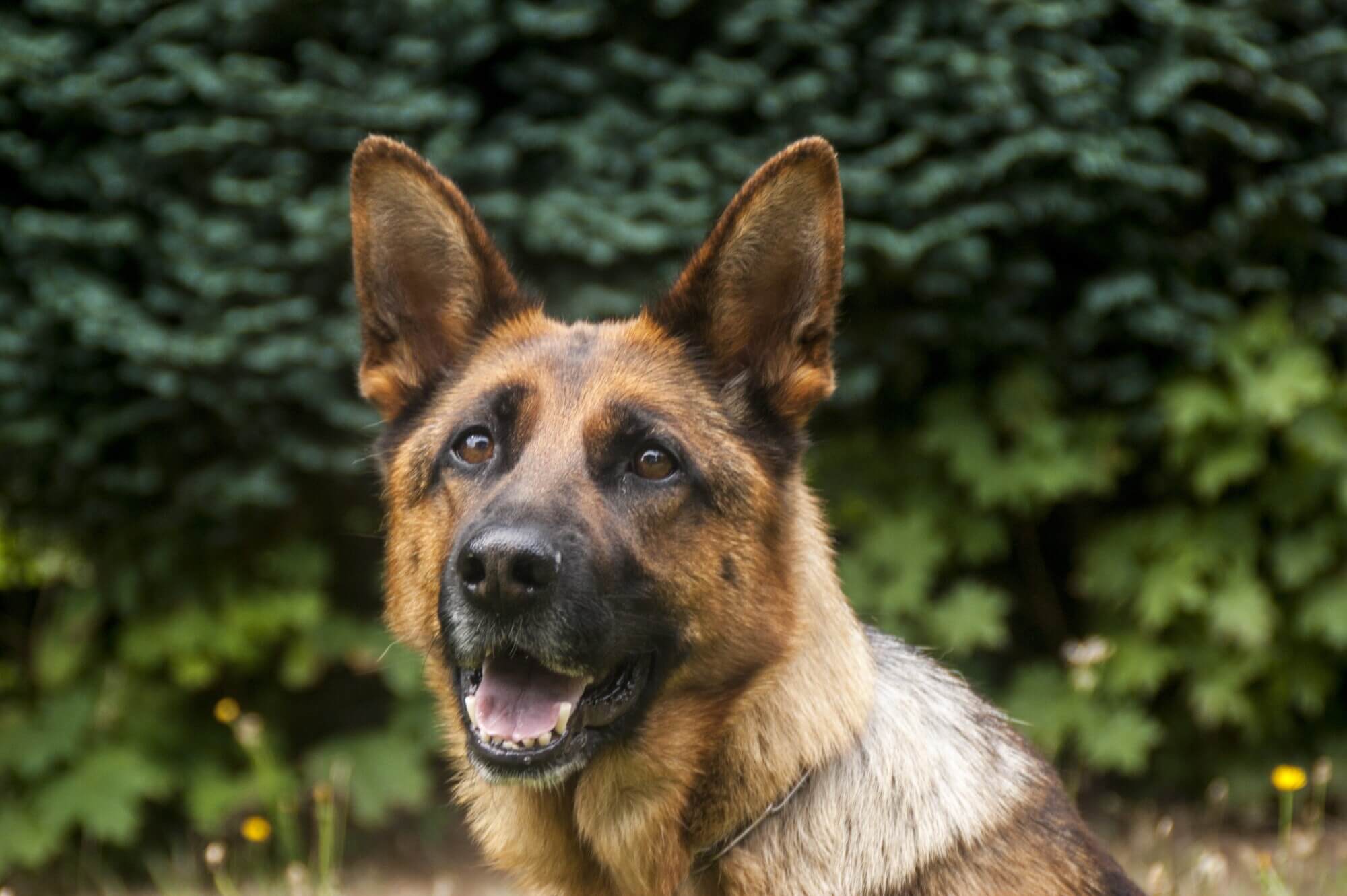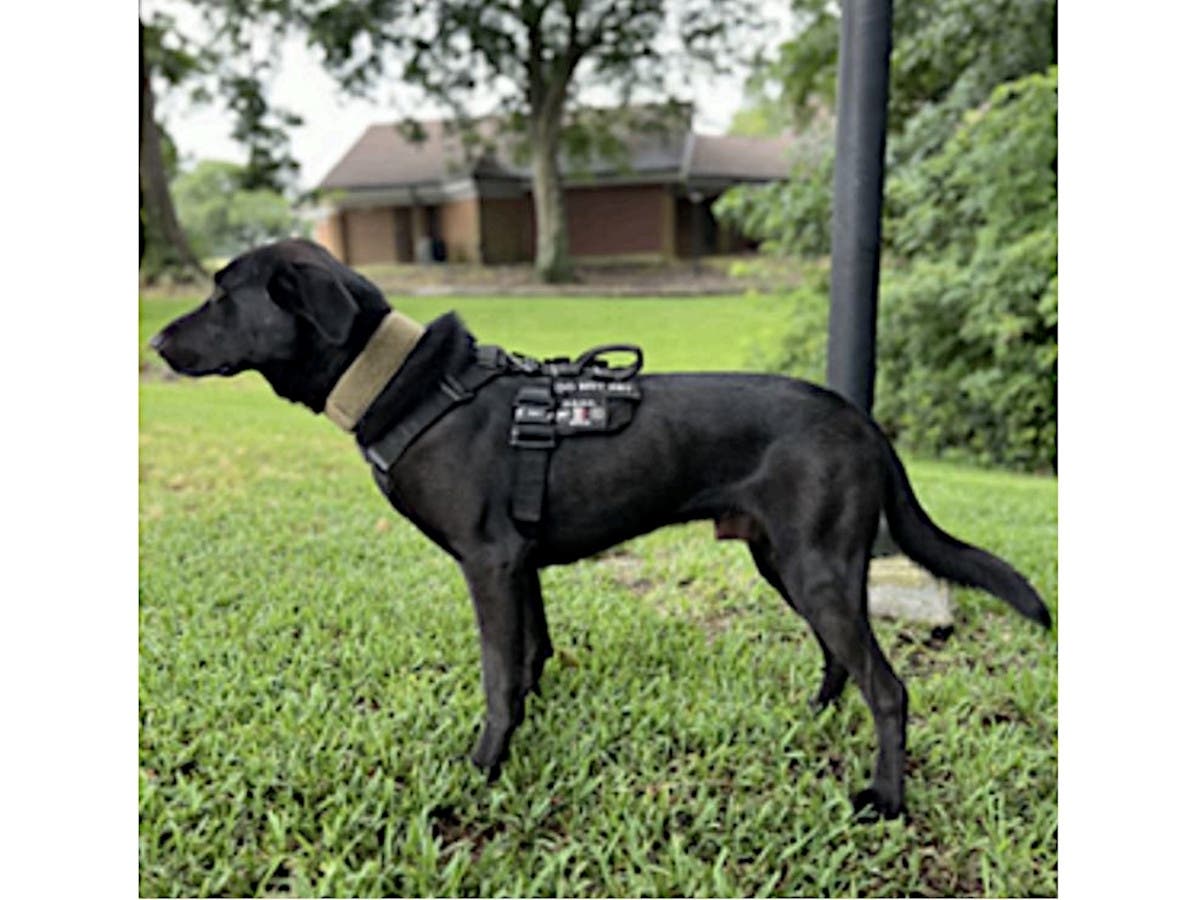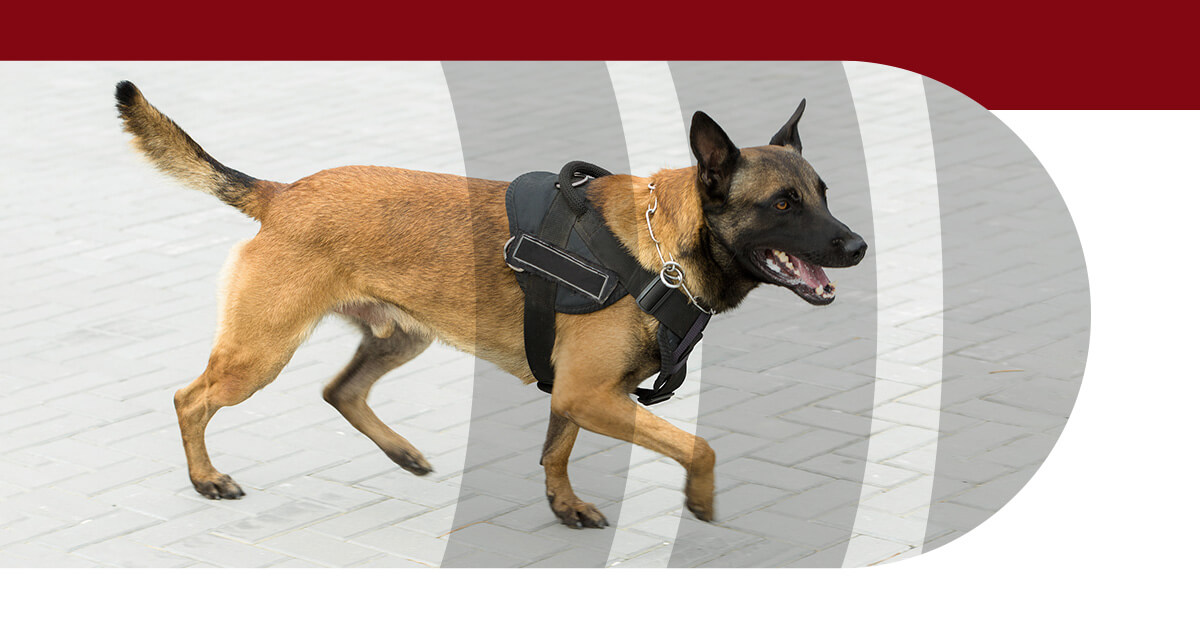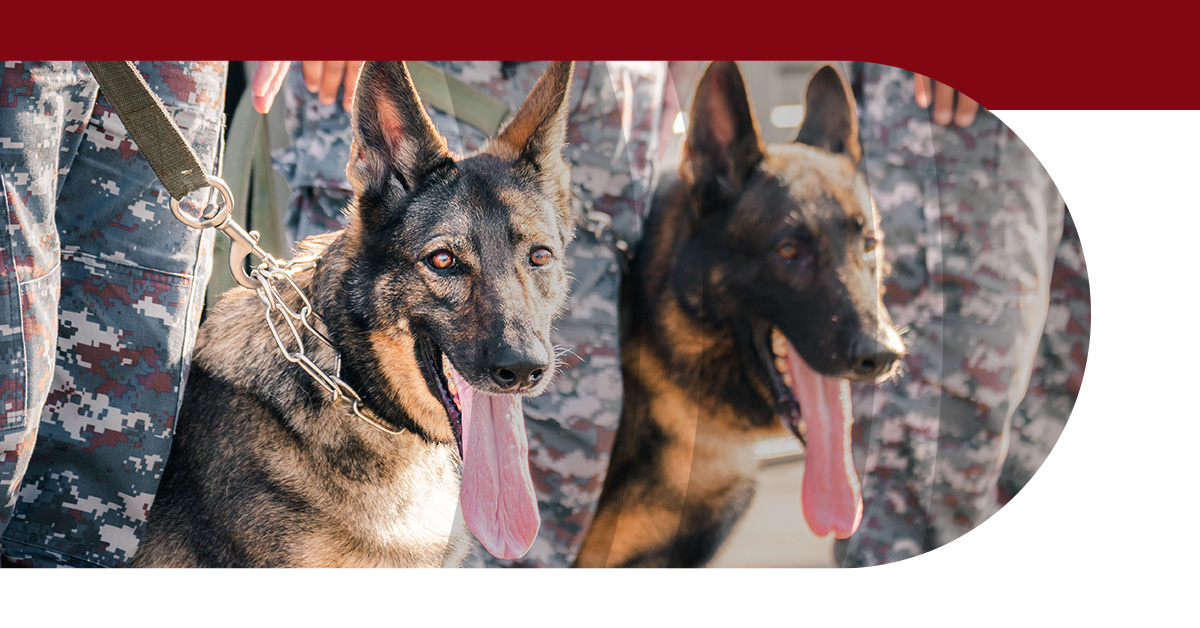News
Dog Guide: The 5 Key Difference Between a Guard Dog and a Protection Dog

A dog makes a great family pet. They're great companions and they can offer you and your family protection.
However, if you're looking into getting a dog to keep you safe, it's important to know what kind of dog you're getting. You may think you're getting a protection dog, but you're actually getting a guard dog!
That's because guard dogs and protection dogs are not the same things. The good news is that getting the appropriate dog for your situation is pretty straightforward.
This dog guide is here to help you understand what kind of dog you're getting. Let's dive in!
Difference #1: Dog Training
The first way in which guard dogs are different from protection dogs is that guard dogs are working dogs. That means that they're specifically trained to carry out a task.
In contrast, protection dogs do not undergo specialized training to teach them how to act as security animals. There are three major levels of training that a guard dog can be taught.
Alarm Dogs
Alarm dogs are typically large animals that have a loud, deep bark. These dogs are trained to bark when somebody approaches but not to attack. They are great for warding off unwanted visitors, such as burglars.
Sentry Dogs
Sentry dogs are what we typically think of when we think of guard dogs. These dogs are used to guard property, such as shipyards or warehouses. They are trained to attack anyone that approaches, making them more aggressive than a simple alarm dog.
Attack Dog
Attack dogs are the most ferocious type of guard dog. These types of dogs are typically only used by military personnel or police K-9 units. They are not for use as pets and are trained to attack or kill on command.
Difference #2: Dog Personality
Another difference between guard dogs and protection dogs is their personality. Both types of dogs are typically selected for their stamina, strength, and appearance.
However, the personality of the dog will differ depending on whether they are a working guard dog or a family protection dog. Protection dogs are usually socialized so that they can safely interact with friends, kids, neighbors, and family members.
On the other hand, guard dogs are not trained to be social animals. They are not appropriate for keeping as a pet and tend to have dominant personalities.
A few common dog breeds that are used as guard dogs include:
- Rottweilers
- German Shepherds
- Giant Schnauzers
- Doberman
While these aren't the only breeds of dogs used as protection animals, they are a few of the more common breeds. This is because these dogs tend to have extremely loyal personalities, making them easy to train as protection animals.
Difference #3: Dog Breed
While guard dogs tend to fall in the aforementioned categories of dog breeds, protection dogs can be any breed of dog. That's because protection dogs are not trained to be attack animals but merely to protect and defend their families.
When a family chooses a protection dog, the protection dog can even be a small dog. It's entirely up to the family what type of dog they would like to use as a protection animal.
In contrast, guard dogs are almost always one of the four dog breeds mentioned earlier. These dogs have the personality traits and physical ability to serve as attack, sentry, or alarm dogs. Smaller dogs may not have the same physical capabilities that these other breeds do.
Difference #4: Owner-Dog Interaction
There are many different factors that affect whether a dog is an appropriate guard dog or a protection dog. One of the final ways that guard dogs differ from protection dogs is the way that they interact with their owners.
Guard dogs are trained so that they do not necessarily need their owner present in order to carry out a command. They have been taught to look for and recognize threatening behaviors and to take action when they see those behaviors exhibited.
For example, an alarm dog may be taught that if someone opens the gate to the shipyard, they need to sound the alarm. They do not need an owner present to tell them that it is time for them to bark.
In contrast, protection dogs tend to need an owner present. Protection dogs may behave protectively toward their owner or to their owner's family when given a specific command or indication that things are not okay.
In this way, protection dogs require more interaction from their owners. They do not have the skills and training needed to work on their own the way that a working guard dog does.
Difference #5: Their Sense of Smell
While all dogs have a great sense of smell, guard dogs are a little bit different from protection dogs in the way that they use their noses. That's because guard dogs need to be trained to use their nose the correct way.
Guard dogs identify narcotics and other drugs. This is one way that they can help support their handler and complete tasks that are part of their daily work.
In addition, guard dogs should be able to recognize the scents of family members due to their smell. This is true even if they have never met that particular family member. Protection dogs are not usually trained to have this kind of scent differentiation.
Closing Thoughts About This Dog Guide
Understanding the difference between guard dogs and protection dogs is critical. It's what helps you figure out which type of dog you, your business, or your family requires.
If this dog guide was helpful and you're ready to take the next step and get a guard dog that you can use, look no further than the team at 3DK9. Get in touch and we'll help match you to the perfect working guard dog for your needs.











Comments